
How to Lose Weight as a Cyclist: Ride Smarter, Stay Stronger
Losing weight as a cyclist — whether you ride a road bike or an electric bike — is about more than just burning calories. The key is balancing training, nutrition, and recovery to improve fitness and endurance. With the right cycling plan, you can lose weight effectively, stay strong, and ride with more energy every day.
Why Cyclists Care About Weight — and Why Balance Matters
For cyclists, body weight and power-to-weight ratio play a big role in performance, especially when climbing or accelerating. A lighter rider can often go faster uphill, but weight alone doesn’t define success. Strength, stamina, and recovery are equally important for consistent progress.
Going too far with dieting or calorie restriction can hurt your performance instead of helping it. When you under-fuel, you risk losing power, feeling fatigued, and recovering poorly after rides. The key is finding a healthy balance between weight, energy, and endurance for long-term cycling performance.
How to Lose Weight as a Cyclist: The Step-by-Step Plan
Losing weight as a cyclist — whether you ride a road bike or an electric bike — is about more than just burning calories. It’s about building fitness, balancing nutrition, and supporting recovery for sustainable results. With the right strategy, you can lose weight efficiently while becoming a stronger, faster rider.
Step 1 — Define Your Goal and Motivation
Before starting, identify your main motivation — do you want to improve health, boost cycling performance, or change your body shape? Competitive riders may aim to enhance power-to-weight ratio, while recreational or e-bike users often focus on consistent fitness and endurance.
Set realistic goals that support long-term health. Avoid chasing extreme numbers on the scale — instead, track energy, strength, and ride enjoyment. A balanced mindset will keep your weight loss journey both healthy and sustainable.
Step 2 — Build a Calorie Deficit the Smart Way
To lose weight effectively, you need to burn more calories than you consume, but without draining your energy for cycling. A modest 300–500 kcal deficit per day encourages steady fat loss while keeping you fuelled for long rides and recovery.
Fuel properly for every session — especially longer or electric-assisted rides. Use fitness apps, heart-rate monitors, or smartwatches to track your calories, but don’t obsess over exact numbers. Listen to your body and adjust intake based on energy levels and training load.
Step 3 — Optimise Your Cycling Workouts for Fat Loss
For the best results, combine steady endurance rides with high-intensity interval training (HIIT). Endurance rides in Zone 2 (60–70% of max heart rate) improve fat metabolism, while HIIT sessions (30–60 second bursts with recovery intervals) boost calorie burn and aerobic fitness.
Include strength training twice weekly to preserve lean muscle and maintain power output. Consistency is more effective than extreme mileage — aim for structured, progressive sessions that fit your lifestyle.
Step 4 — Eat to Fuel Performance, Not Just to Cut Calories
A cyclist’s diet should enhance performance and recovery, not restrict it. Prioritise balanced meals with complex carbs, lean proteins, and healthy fats to maintain stable energy throughout the day. Aim for 1.5–2g of protein per kilogram of body weight daily to protect muscle.
Eat carbs before rides for endurance and protein afterwards for recovery. Avoid skipping meals or cutting too low on calories — under-fuelling leads to fatigue, weaker rides, and slower progress over time.
Step 5 — Recover Right: Sleep, Rest & Adaptation
Recovery is where the body rebuilds, adapts, and burns fat efficiently. Poor sleep disrupts hormones that control appetite and recovery, making weight loss harder. Aim for 7–9 hours of quality sleep every night to keep your metabolism balanced.
Incorporate active recovery rides or easy spins on your electric bike to promote blood flow and reduce muscle soreness. Scheduled rest days are essential to prevent overtraining and maintain consistent performance.
Step 6 — Track Progress Beyond the Scales
Don’t rely solely on your body weight — focus on cycling performance metrics such as endurance, speed, and power output. Track body fat percentage and pay attention to how strong and energised you feel on the bike.
Avoid daily weigh-ins, as fluctuations are normal. Instead, check your progress monthly to see genuine changes in performance and overall health — a more accurate reflection of your success.
Step 7 — Know the Warning Signs of Under-Fuelling
If you’re always tired, moody, or struggling to recover, you might be under-fuelling. This causes your body to enter a “power-save mode,” slowing metabolism and reducing performance to conserve energy.
Watch for frequent illness, poor motivation, or constant fatigue. If these occur, increase calorie intake slightly and focus on recovery. Sustainable weight loss should make you feel stronger — not drained.
Expert Tips for Healthy Cycling Weight Loss
Losing weight as a cyclist — whether you ride a road, mountain, or electric bike — is about smart habits, not strict diets. These expert-backed tips help you burn fat, build strength, and improve endurance safely while keeping your rides enjoyable and sustainable.
-
Sleep well: Aim for 7–9 hours of quality sleep each night. Good sleep supports muscle recovery, boosts metabolism, and helps regulate hunger hormones.
-
Plan your meals: Prepare balanced, nutrient-rich meals ahead of time to avoid impulsive eating and energy crashes during long rides.
-
Stay flexible: Don’t obsess over every calorie or ride metric. Adjust your nutrition and training based on how your body feels and performs.
-
Hydrate properly: Drink plenty of water throughout the day — dehydration can mimic hunger, lower power output, and slow fat loss.
-
Track smartly: Use apps or fitness watches to monitor overall progress — focus on trends in performance, sleep, and energy, not just body weight.
-
Keep it enjoyable: Choose routes, workouts, and foods you love. A sustainable plan leads to long-term results and consistent performance improvements.
Best isinwheel Electric Bikes for Weight Loss
Boost your cycling workouts and shed pounds efficiently with the right isinwheel electric bike. E-bikes let you ride longer, mix intensity, and burn calories without overtraining, making them perfect for weight-conscious cyclists in the UK. Adjust pedal assist to control effort, tackle hills, and combine endurance and interval sessions for maximum fat loss.
isinwheel U2 — Ideal for Endurance Fat Burn
The isinwheel U2 is perfect for cyclists looking to burn fat and build endurance. Its 500W motor and 65-mile range let you mix steady endurance rides with high-intensity intervals without overexerting. Front suspension ensures a smooth, comfortable ride on city streets, country paths, or light trails.
Weighing 27 kg with 26×1.95” pneumatic tires, the U2 is stable, easy to handle, and ideal for daily fitness rides. It helps you stay consistent, burn calories efficiently, and reach your cycling weight-loss goals.
Key Features:
-
Motor: 500W
-
Top Speed: 20 MPH
-
Max Load: 120 kg
-
Tires: 26×1.95” pneumatic
-
Weight: 27 kg
-
Max Range: 65 miles
isinwheel M10 — High-Intensity Fat Loss Companion
The isinwheel M10 is built for cyclists focused on fat loss and performance. Its 500W motor, hydraulic fork, and dual disc brakes handle hills and rough terrain with ease, making it ideal for HIIT rides.
Adjustable pedal assist reaching 35 km/h lets you control intensity and boost metabolism efficiently. With 26×1.95” pneumatic tires and a 60-mile range, the M10 keeps your rides smooth, fast, and calorie-burning.
Key Features:
-
Motor: 500W
-
Top Speed: 21.7 MPH
-
Max Load: 150 kg
-
Tires: 26×1.95” pneumatic
-
Weight: 27 kg
-
Max Range: 60 miles
Conclusion
Losing weight as a cyclist is about balancing training, nutrition, and recovery for sustainable results. Using an isinwheel electric bike can make rides longer and more efficient while protecting your strength. Track your progress beyond the scales and focus on overall health and performance.
FAQs
What is the 3-3-3 Rule for Weight Loss?
The 3-3-3 rule helps cyclists manage calories and energy. Eat 3 small meals, include 3 servings of protein, and aim for 3 workouts per week. This balance supports fat loss while preserving strength and endurance.
How to Lose 10 kg by Cycling?
Losing 10 kg with cycling requires a combination of regular rides, moderate calorie deficit, and balanced nutrition. Mix endurance and HIIT sessions, ride 5–6 times per week, and gradually increase intensity for effective fat burning.
Can Cycling Lose Belly Fat?
Cycling is effective for reducing belly fat by increasing calorie burn and improving metabolism. Steady rides, intervals, and strength training help target visceral fat while maintaining lean muscle.
What Should Cyclists Eat to Lose Weight?
Cyclists should focus on lean proteins, complex carbohydrates, and healthy fats. Fuel rides with carbs, aid recovery with post-ride protein, and include fruits and vegetables. Avoid extreme calorie restriction to maintain energy and performance.
What is the 75% rule in cycling?
The 75% rule is a polarized training principle for cyclists. It suggests that at least 75% of your training should be low-intensity rides (below 75% of max heart rate or functional threshold power), while the remaining 25% focuses on high-intensity intervals. This method builds endurance, avoids overtraining, and improves overall cycling performance.
The Latest Posts
Explore isinwheel products
City E Scooter | Off-Road Scooter
Fastest Scooter | Kids Scooters




















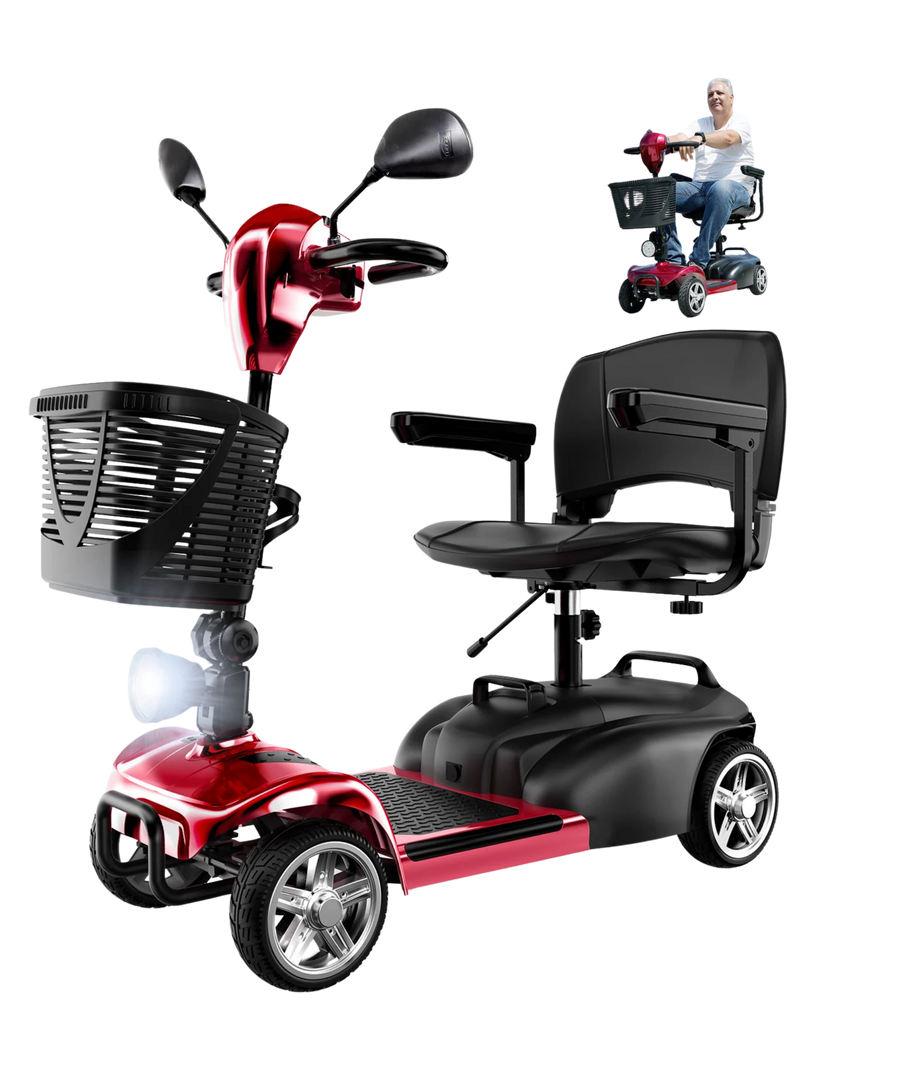
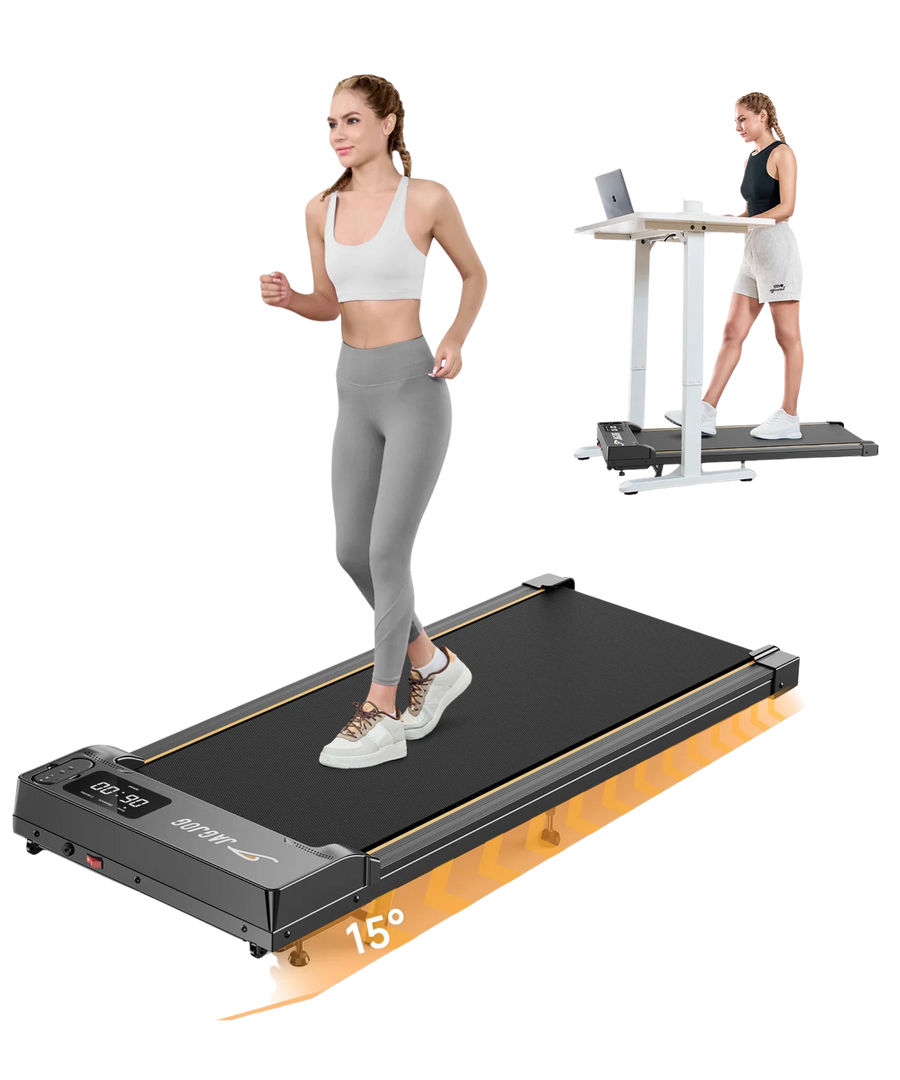

























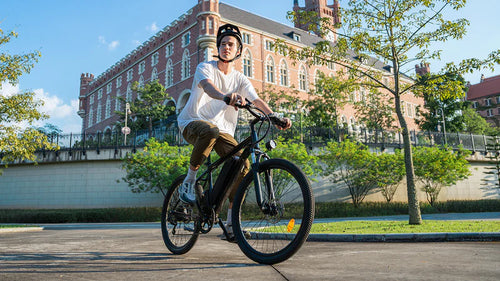
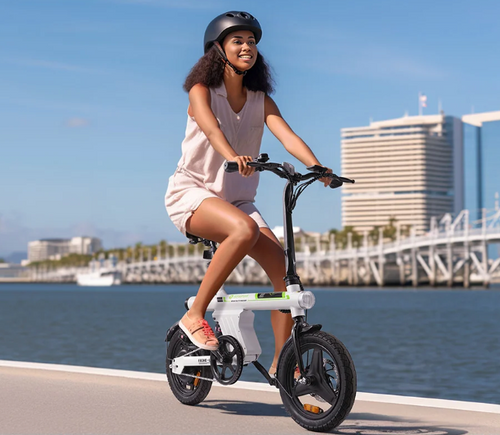


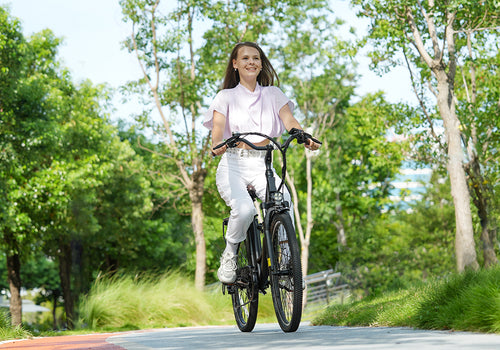
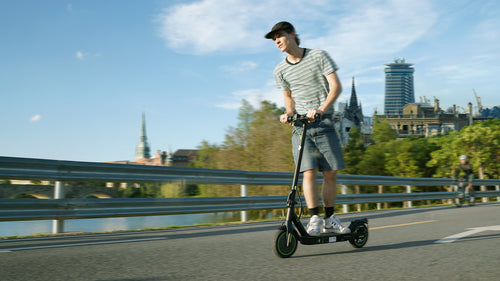


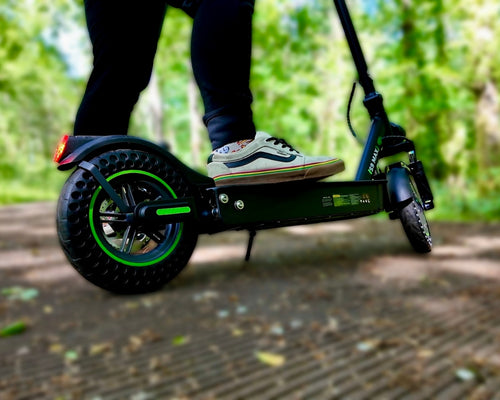
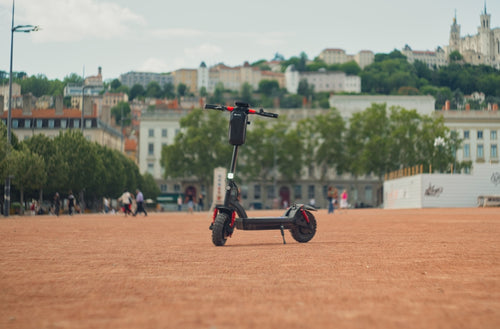
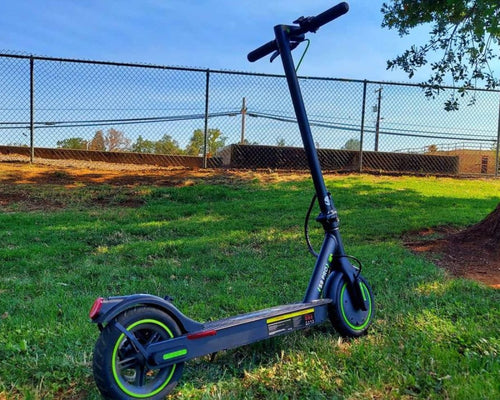





Leave a comment